The original idea was for Pollux, Castor, and Terra – collectively also called ‘Haven – to be completed in 2023 already, but the project suffered a one-year delay due to the COVID pandemic, says Hanneke Hofs, student housing advisor at Vestide.
Haven in a nutshell
Haven consists of three residential complexes. Residential towers Pollux and Castor are both made up of one-person studios, two-person apartments, and group homes. Low-rise building Terra solely consists of group homes.
The costs depend on the type of housing. Studios have a surface area of 24m2 and cost up to €844.66 including expenses. Apartments measure 36m2 and cost up to €936.61 including expenses (for two people). And a room in a group home ranges from 14m2 to 17m2 and cost up to €526.79 including expenses, which of course also gives you access to the common areas in your group home. For Dutch students, this amount is usually slightly lower because they rent unfurnished and therefore do not pay “furnishing costs” (between €32.95 and €59.09). For the independent units it’s possible to apply for the rent benefit, but many people won’t be eligible as this partially depends on personal factors.
The street address for the new homes will be ‘Blauwe Loper’ (Blue Strip), named after the elongated pond of 270 meters that has been constructed in front of the residential complexes.
Text continues below the video.
Dutch students welcome
This brings the total number of student accommodations on campus to five: Luna and Aurora, which have adorned the campus for a while now – and the three new buildings at the Haven location. Luna is managed by another rental company, but Aurora falls under Vestide just like Haven does. A striking difference is that Dutch students will also be welcome at Pollux, Terra, and Castor – as opposed to Aurora. “Aurora is solely intended for international students; it was decided that way by TU/e,” says Hofs. When Haven was built, this requirement changed: instead of 100 percent, only 50 percent of residents must be international here.
“That’s where the idea of a greater community focus came into being,” Hofs explains. “You see that students are automatically drawn to others from their own country, which means internationals and Dutch students are often separated from one another.” The idea is that paying extra attention to community building will prevent this possible separation among the mixed Haven community.
Community building
To promote internal cohesion, Vestide has taken a number of concrete actions. “Firstly, the language of communication is English, just like at the university. And all of the group homes have a mix of Dutch and international students residing in them,” says Michiel Moelker, residential consultant at Vestide. This vision is not only reflected by the group homes, but also at the floor level. Each floor of the residential towers, for instance, consists of a mix of housing types (studios, apartments, and group homes) and Dutch and international residents. “This prevents having a floor solely made up of one-person studios whose inhabitants don’t interact.”
To further encourage community building, a large number of meeting places can be found in Haven. Pollux has a communal living room on each floor, Terra has various shared gardens, and Castor has a themed space every other floor (varying from a movie room, to a games room, to a music room).
In addition to the common areas for inhabitants of Haven there will also be a number of hotspots accessible to all campus users. Residential tower Castor, for instance, will have its own bar on the first floor. “We asked the board of Hubble to help us set this up,” says Hofs. The idea is for the first floor of Castor to ultimately house additional hospitality outlets and stores, but it is as yet unclear when this will happen and what kinds of businesses it will concern.
Vestide didn’t come up with all of these ideas and initiatives on its own: while Haven was being constructed, close consultation with the student target audience took place. “We already started this at the beginning of 2022, two-and-a-half years before completion,” says Moelker. At first, students already renting at Vestide were involved, later joined by 85 ‘Haven ambassadors’ who have now turned into Haven residents. “We really asked for their input on everything, ranging from the interior of the homes and the themes for the common areas to ways of promoting student wellbeing.”
Moving frenzy
From August 5 onwards, students were able to officially move into their new places. Some of them, that is. To spread out the moving frenzy, new residents had to pick a day and timeslot to move in. These moving slots were spread out across three weeks. “This is our way of trying to prevent major queues at the elevators,” says Moelker. In spite of the moving windows being spaced out, the moving weeks were still expected to be very busy. “That’s why we were on site with a huge team every day, to make sure everything went smoothly.”
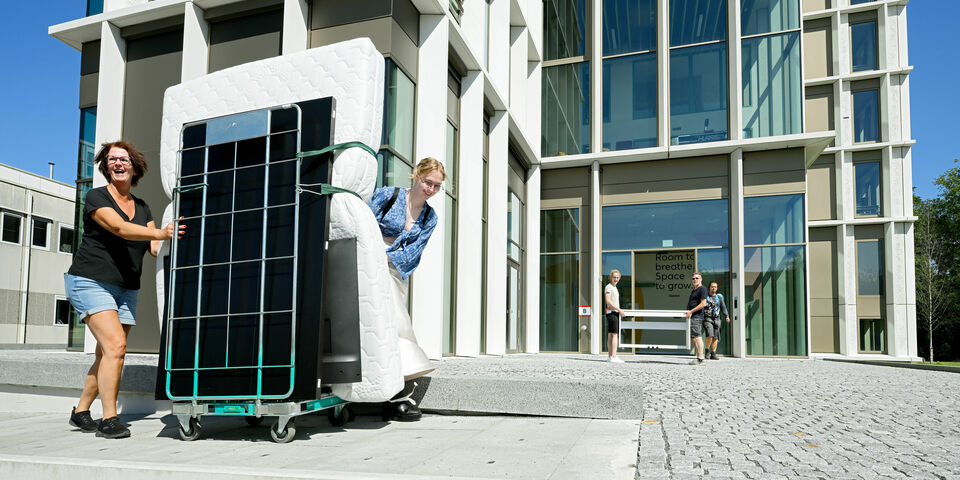

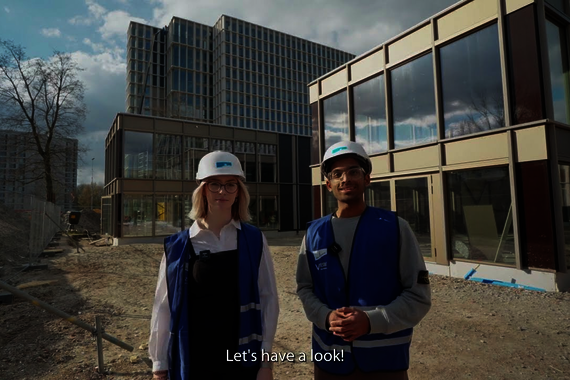
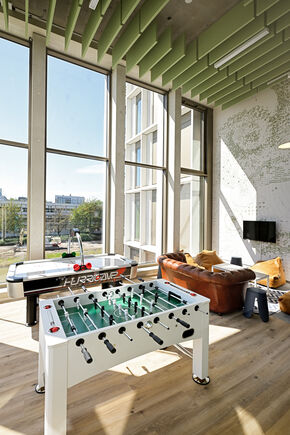
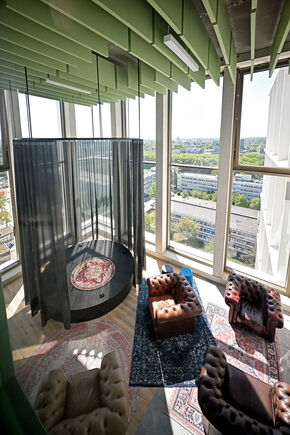

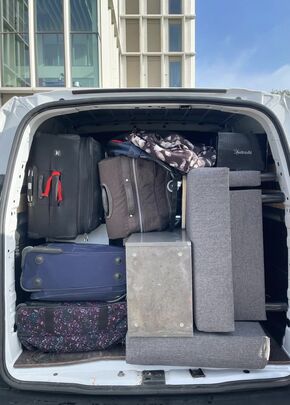
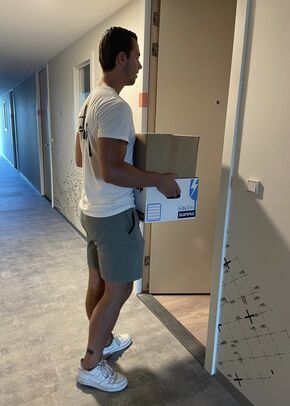
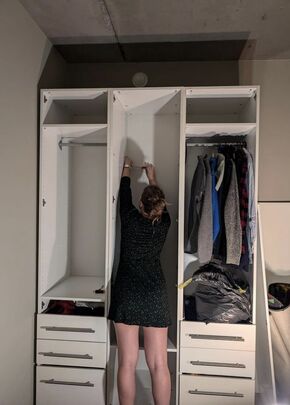
Discussion